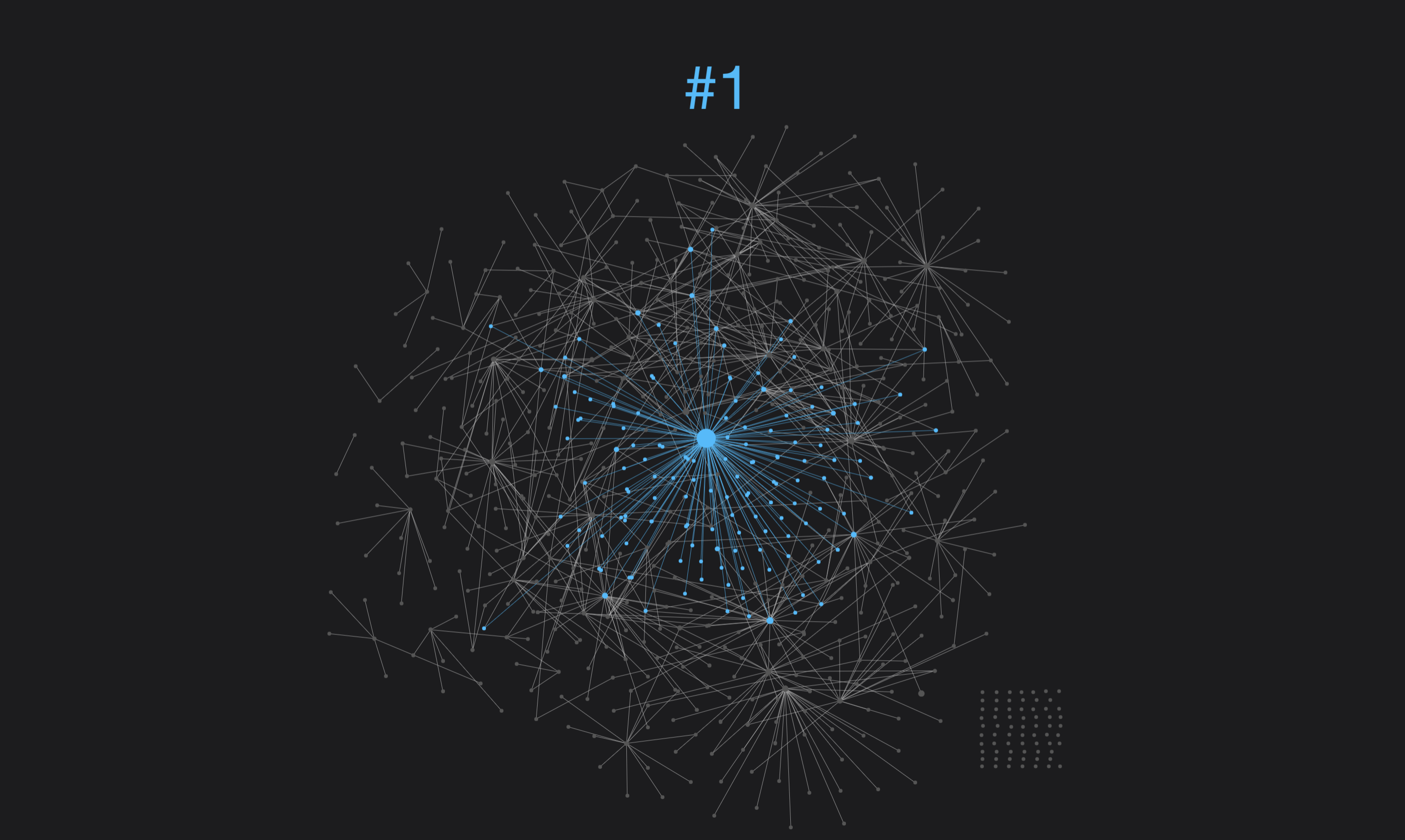Introduction
We all know that the title is debatable. Nothing can truly be perfect. And I am basically contradicting myself by saying that. But, most of us use perfection interchangeably with something that is mastered at its application. Hence, I chose this particular word. I’m going to be writing a series on what I think a good note-taking should pose. But why am I so keen on a good note-taking system and why is it important? I personally believe that the starting point of everything from idea to execution is based on a good note-taking system. It’s a perfect(get it?) way to convert thoughts into full-blown projects.
I have written about how note-taking has revolutionised my process of content consumption and learning in a previous post. In that post, I mention that my favourite note-taking system is Zettelkasten, where you take small note snippets(in your own words) and connect it with an existing note of that idea/concept. It works magically! The famous writer who came up with that system was Niklas Luhmann. And he famously said,
“One cannot think without writing.”
Writing and thinking might be 2 different mediums but they’re part of the same process. When you write, you’re thinking. And the process of refinement only comes through the medium of writing which enables you to actually process and improve the work as you go. This is why you cannot think without writing. If you take any famous ‘thinkers’ you’ll find that they always carry around a notepad and a pen to always take notes down of their thoughts, observations and learnings. Famous examples include Mark Twain, Thomas Edison, Ludwig Van Beethoven, Pablo Picasso and Leonardo Da Vinci.
I use various tools for taking notes on a plethora of content. To give you an idea…
I use Notion to manage my life including my health, journal, blogs and organisation. I also use Roam specifically for idea generative notes and connecting the dots including school notes and content consumption. These are the 2 note taking tools I use to empower my note-taking process. I do have a few flaws in my systems but in general, I follow most of the techniques that I’m about to disclose. Despite all of that, the system is the start. What you do with it the progress that you make.
A good structure is not forceful and has FLOW built-in
The structure of the note-taking system should allow you to easily adapt to any changes seamlessly and nothing should be forceful. If you want to write a note, you shouldn’t have friction because the system would then create a forceful action that you must complete. So to avoid this, a system’s friction must be kept to a minimum. Personally, I find many top-down hierarchical systems annoying for this reason. For any note you want to take, you need to file it into a particular location. This works brilliantly for organisation purposes but forces you to create a structure wherein everything is boxed into a particular folder. This restricts idea generation. Unfortunately from a young age, we employ our children to organising everything into tidy folders and clearly distinguishes groups but the big picture we’re missing is that being messy is actually creative. It allows for easy idea generation.
“It is not just about collecting thoughts, but about making connections and sparking new ideas. Most people try to reduce complexity by separating what they have into smaller stacks, piles or separate folders. They sort their notes by topics and sub-topics, which makes it look less complex, but quickly becomes very complicated.”
This is one of the key points about the note-taking experience. You need to make sure that it’s a process where you’re able to give birth to new ideas and not spend too much time filing everything into the ‘right category’. Great outcomes don’t need great effort but a fun and unforced process.
Furthermore, FLOW should be built-in. You should be so immersed in your work that you forget the time and all your surroundings to focus purely on the project ahead. It’s something that’s challenging for a note-taking system but I believe reducing friction solves the problem for this as well.
If you can make these 2 aspects work in your note-taking system, the process of note-taking will be hugely effective and efficient. Having explored the idea for a while and various apps, I have found that Roam Research with the combination of the Zettelkasten system is a Herculean combination and maximises the benefits. And the process is so seamless too with this particular combo. I have written a little bit about Roam already here.
Why bother creating a good system?
“Studies on highly successful people have proven again and again that success is not the result of strong willpower and the ability to overcome resistance, but rather the result of smart working environments that avoid resistance in the first place.”
This is a brilliant point! Smart techniques are where the difference lies between successful and unsuccessful people. And smartness in this context is achieved through a ‘perfect’ note-taking system. By creating a system that automates many of the trivial tasks, you can focus on the work at hand. That’s what makes the note-taking part like a stroll in the park.
What are the methods to take smart notes?
Ultimately, smart note-taking constitutes the ability to convert any note into your own words as this maximises retention and allows you to better comprehend even tough topics. If you can convert anything complicated into a note in your own words, you’ve learnt it fully. This is because during the process of conversion, you’ll have trained your brain to perceive the topic and by doing so, you actually engage more of your brain to retain it in the long term. Which is why this is the most powerful method.
Additionally, you may also make things public. By making your notes public you allow a different dimension into the game. You convert your notes into full-blown articles and that conversion allows you to fully ground the concept and develop as a writer too. And as you’ve already taken detailed notes, you can just copy-paste the concept as a blog post with some minor tweaks. It’s actually very easy! But, I haven’t satisfied this section completely which is why I’ll be writing more in future posts.



Leave a Reply